Middle East
Thirteen killed, dozens under rubble as Israel bombs Gaza amid food crisis | Israel-Palestine conflict News
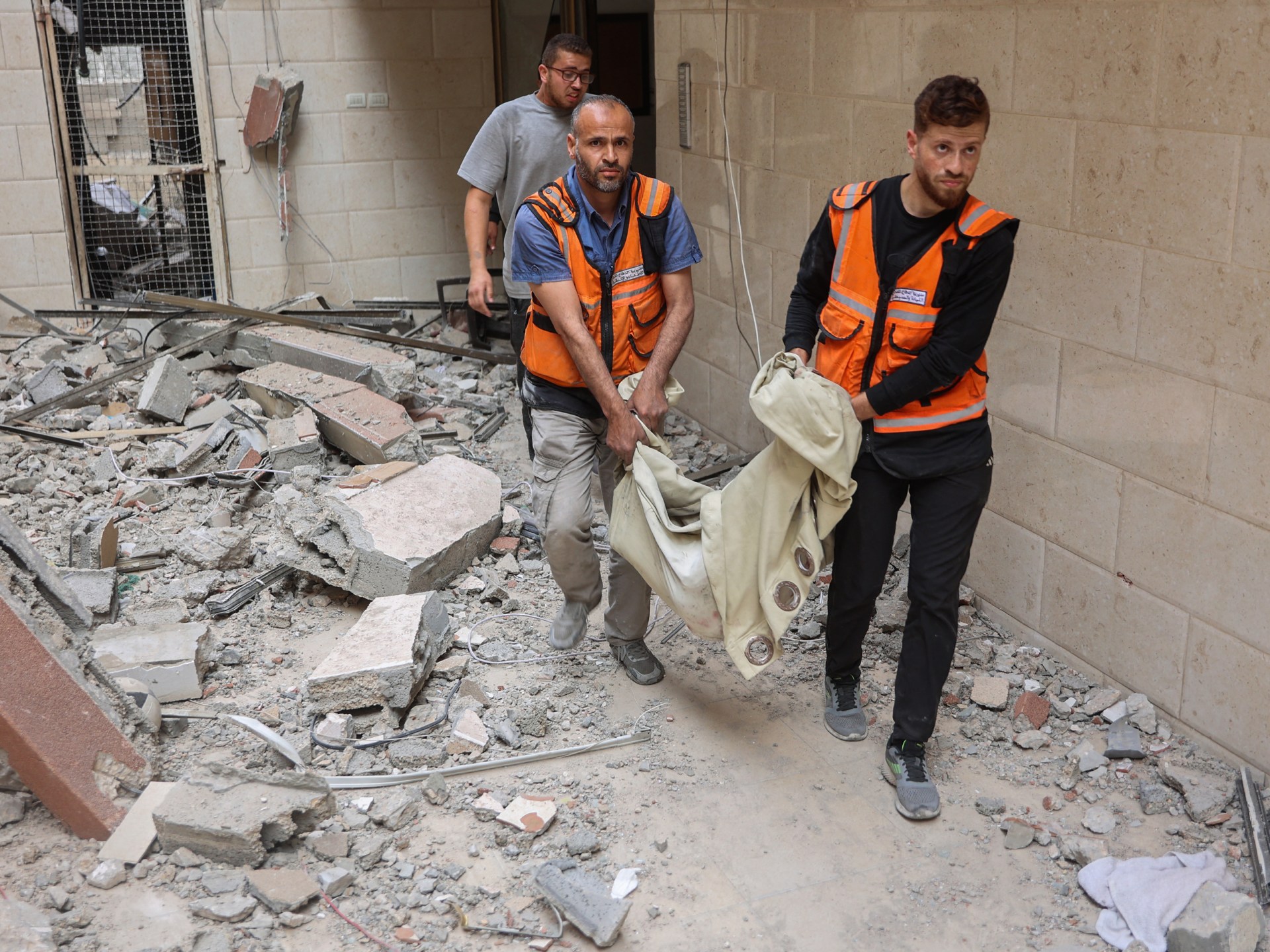
The entire Strip, with a population of two million people, may be on the brink of famine as the World Food Programme runs out of supplies.
At least 13 Palestinians have been killed since dawn and dozens of others buried under the rubble of a building destroyed in an Israeli air attack on Gaza City.
Four victims, at least, were killed in a strike on a home in the city’s Sabra neighbourhood on Saturday, with the residents forced to dig the ground with their bare hands to reach people buried in the debris.
Mahmoud Basal, spokesman for Gaza’s civil defence agency, said a lack of rescue equipment has prevented emergency workers from reaching those buried underneath the collapsed building bombed by Israel before dawn.
“Our crews cannot reach them because of the lack of the necessary machinery,” he told the AFP news agency.
Earlier this week, Israeli aircraft destroyed 40 engineering vehicles the civil defence teams were using to remove heavy debris during rescue operations.
Israeli air raids also hit other parts of the Strip on Saturday, including al-Mawasi and Khan Younis, as the besieged territory faces impending mass starvation amid an ongoing genocide.
After 18 months of the Israeli military invasion that has killed more than 51,000 Palestinians, the situation in Gaza “is probably the worst” it has been, the United Nations warned.
The UN’s World Food Programme (WFP) on Friday said the entire Strip, with a population of two million people, may be on the brink of famine and aid kitchens are “expected to fully run out of food in the coming days”.
Israel’s ongoing blockade has meant no food, fuel or medicine has entered Gaza for two months. For many Palestinians in Gaza, community kitchens were their only source of nutrition after Israeli forces destroyed almost all food production facilities.
WFP has appealed to the international community to put pressure on Israel to lift the blockade, saying more than 116,000 metric tonnes of food assistance – enough to feed one million people for up to four months – are already positioned for delivery “as soon as borders reopen”.
Reporting from Deir el-Balah on Saturday, Al Jazeera’s Tareq Abu Azzoum said the humanitarian crisis in the besieged territory “has reached a very unprecedented breaking point”.
“Civilians are really struggling to cope with this crisis,” he said.
Philippe Lazzarini, head of the UN Palestinian refugee agency UNRWA, said the crisis was “man-made”.
Michael Fakhri, UN rapporteur on the right to food, said Israel is “executing this starvation campaign with no repercussions”.
The World Health Organization said the situation was no different for medical supplies, with WHO chief Tedros Adhanom Ghebreyesus pleading on X for the aid blockade to end.
At least 2,062 people have been killed in Gaza since Israel resumed its deadly campaign against Hamas on March 18, and more than 50,000 since October 7, 2023. Hamas’s attack on Israel killed 1,218 people, mostly civilians.
Middle East
Deadly explosion shakes Iran, hundreds hospitalised after port fire | Gallery News
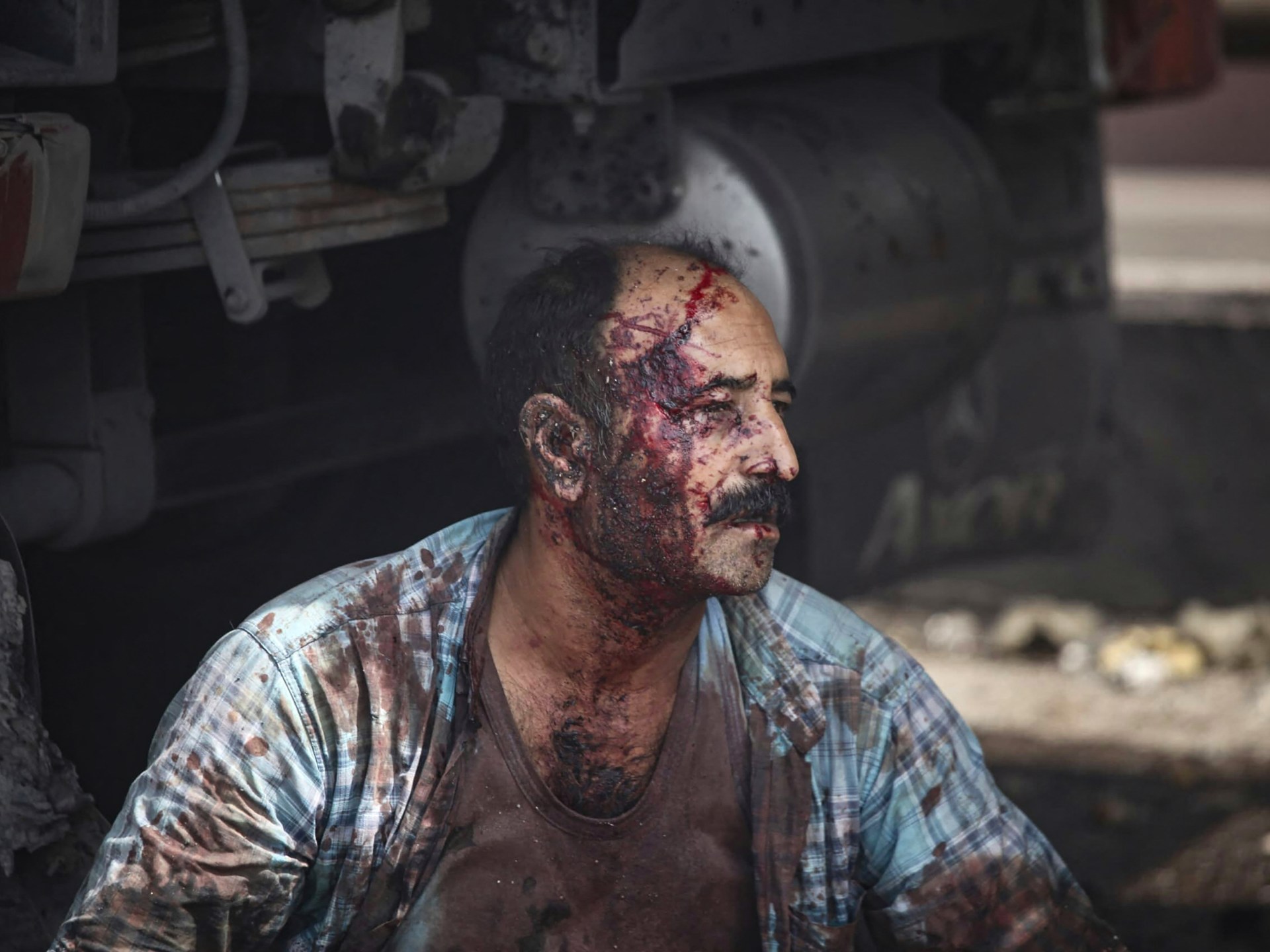
A massive explosion tore through Iran’s largest commercial port on Saturday, killing at least 25 people and wounding nearly 800 others, according to state media.
The blast occurred at Shahid Rajaei Port in southern Iran’s Bandar Abbas city near the Strait of Hormuz, through which a fifth of the world’s oil output passes.
The port’s customs office said in a statement carried by state television that the explosion probably resulted from a fire that broke out at the hazardous and chemical materials storage depot.
Images from the official news agency IRNA showed rescuers and survivors walking along a wide boulevard carpeted with debris after the blast at Shahid Rajaei, more than 1,000km (620 miles) south of Tehran.
Flames engulfed a truck trailer and blood stained the side of a crushed car, while a helicopter dropped water on massive black smoke clouds billowing from behind stacked shipping containers.
Citing local emergency services, state TV reported that “hundreds have been transferred to nearby medical centres”, while the provincial blood transfusion centre issued a call for donations.
The explosion came several months after one of Iran’s deadliest work accidents in years. The coal mine blast in September, caused by a gas leak, killed more than 50 people at Tabas in the east of the country.
Saturday’s explosion came amid high-level Iran-US talks in Oman on Tehran’s nuclear programme, with both sides reporting progress.
Middle East
Palestinian President Mahmoud Abbas appoints aide as PLO deputy | Palestinian Authority News
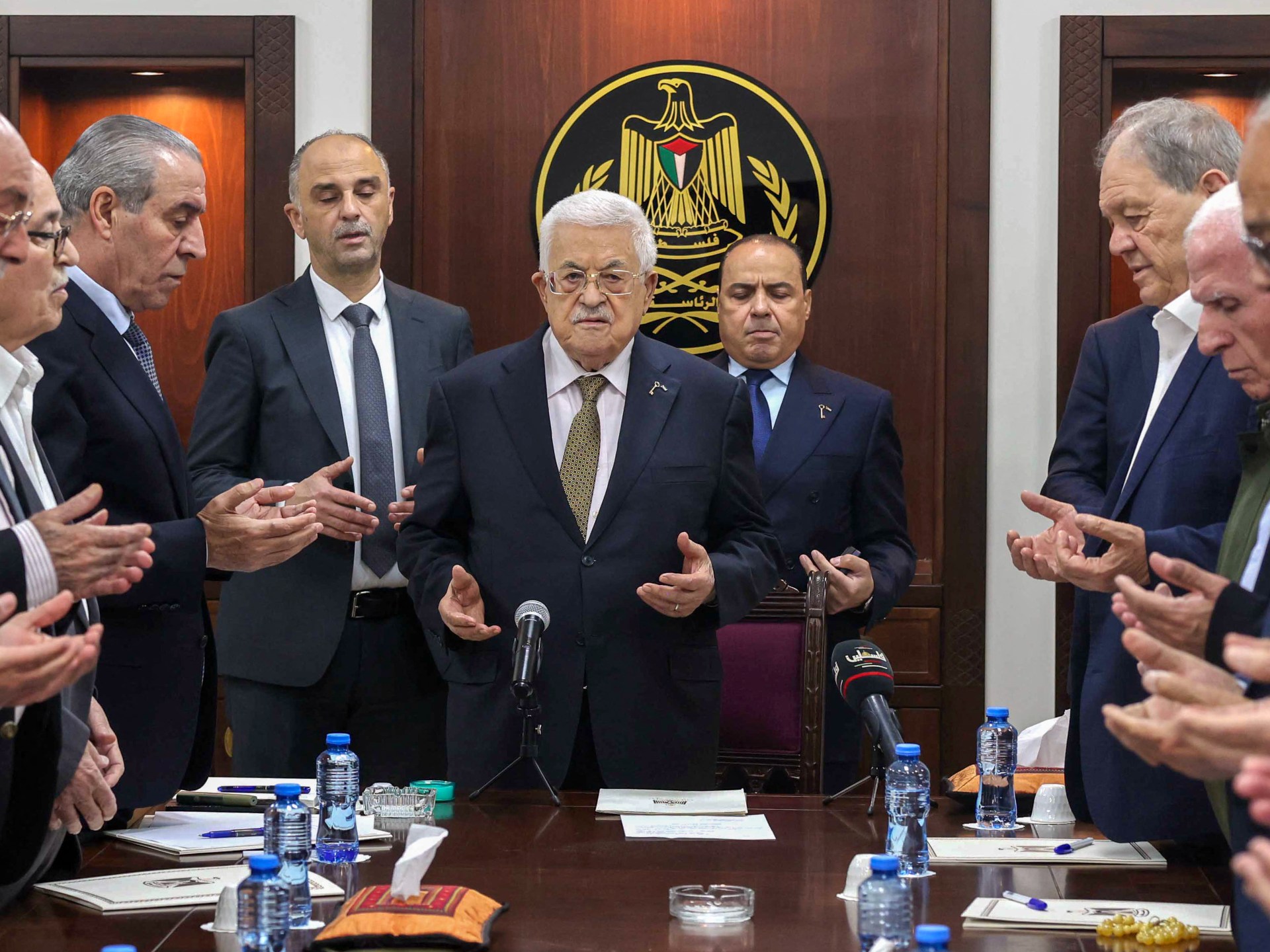
Hussein al-Sheikh is a veteran leader of Abbas’s Fatah movement.
Palestinian President Mahmoud Abbas has appointed a close aide as vice president, the Palestine Liberation Organization (PLO) said.
Hussein al-Sheikh was named “deputy (vice president) of the PLO leadership,” Wasel Abu Yousef, a member of the PLO’s Executive Committee, said on Saturday.
Abbas, 89, created the vice presidency position during the 32nd session of the Palestinian Central Council in Ramallah earlier this week.
During the session, Abbas reaffirmed his commitment to initiating a “comprehensive national dialogue”, which aims to engage “all Palestinian factions to achieve reconciliation and reinforce national unity,” the official Palestinian news agency WAFA reported.
Abbas also informed the committee on “upcoming political efforts aimed at halting the ongoing Israeli aggression and war of genocide in the Gaza Strip”.
These include ensuring the rapid entry of humanitarian and medical aid, full Palestinian governance over Gaza and pushing for a total Israeli withdrawal from the enclave as “a step towards launching a political process to end the occupation and realize an independent Palestinian state with East Jerusalem as its capital”, according to WAFA.
The appointment follows years of international pressure to reform the PLO and comes as Arab and Western powers envision an expanded role for the Palestinian Authority (PA) in the Gaza Strip’s post-war governance.
Founded in 1964, the PLO is tasked with negotiating and signing international treaties on the Palestinian people’s behalf, while the PA is responsible for governance in limited parts of the occupied Palestinian territory.
The PLO is an umbrella organisation comprising several Palestinian factions, but not the Hamas and Islamic Jihad groups.
Sheikh, 64, is a veteran leader of Abbas’s Fatah movement, which dominates the PA, and is considered close to the president.
Analyst Aref Jaffal said the new role was created to pave the way for someone to take the reins from Abbas, “as there are many things the Palestinian situation requires”.
“The Palestinian political system is already miserable, so I believe that all these arrangements are a prelude to creating a successor to Abbas,” Jaffal, director of the Al-Marsad Election Monitoring Center, told AFP.
The PLO Executive Committee is set to hold another meeting next Saturday to appoint a new secretary-general.
Middle East
USAID and the pacification industry in Palestine | Israel-Palestine conflict
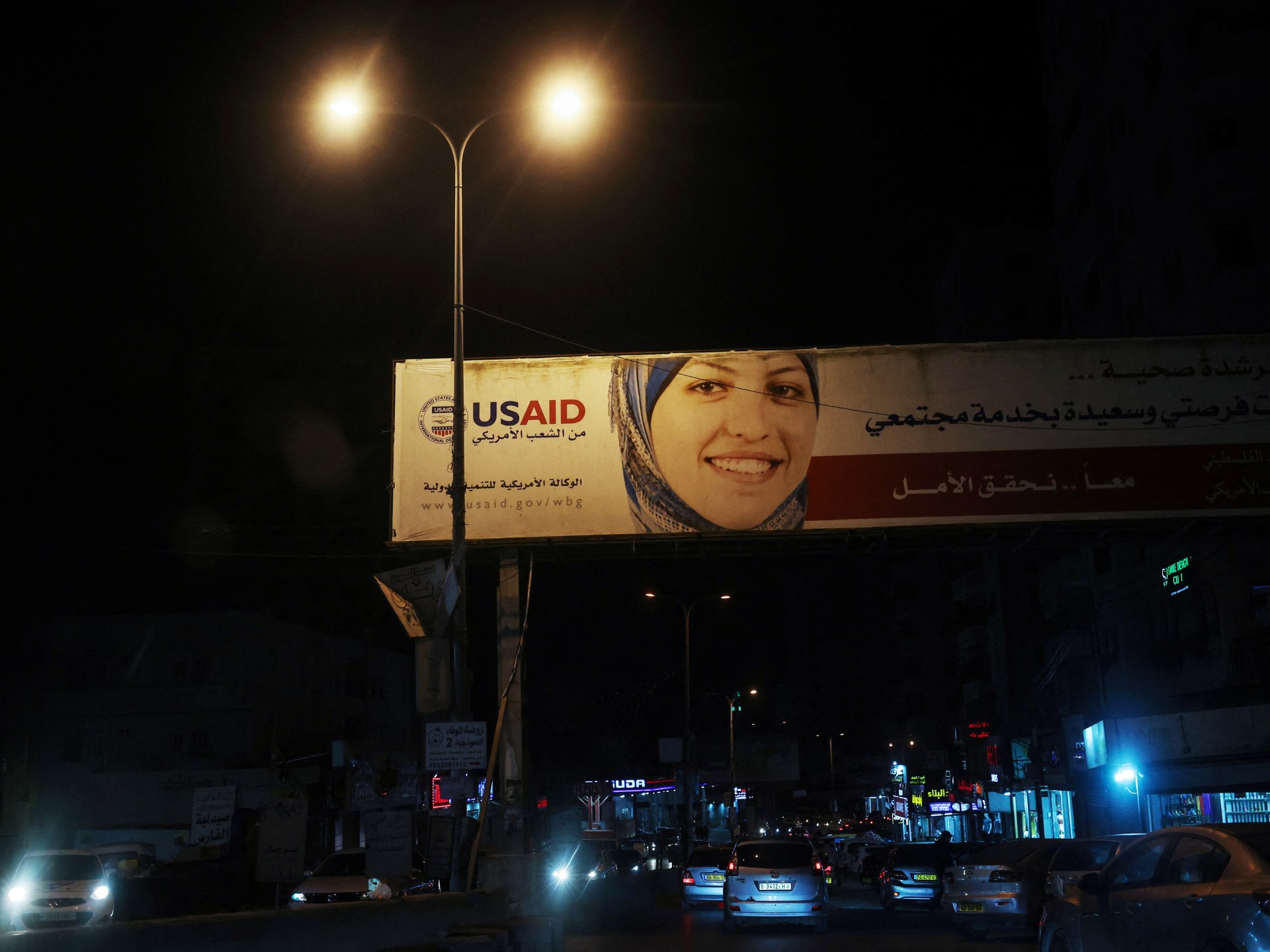
The United States Agency for International Development (USAID) opened its office in Palestine back in 1994. Its website, which is no longer available, used to boast that since then, it has “helped four million Palestinians lead healthier and more productive lives”.
Now that the agency has been shuttered by US President Donald Trump’s administration, it is pertinent to evaluate the claim that USAID was a force for good in the occupied Palestinian territories.
Undoubtedly, the shutdown of the agency has affected Palestinians, especially those benefitting from its funding for education and healthcare institutions. Humanitarian provision was also affected, with the World Food Programme, one of the main humanitarian actors in the occupied Palestinian territories, facing major disruptions.
While the short-term negative impact is apparent, the utility of USAID and other US funding becomes questionable when put in the larger political context of the Israeli occupation of Palestine.
As a researcher, I have been directly and indirectly involved in assessing USAID-funded programmes for years, and I have seen first-hand how they have contributed to maintaining Israeli occupation and colonisation. The US agency was far from “helping” Palestinians lead better lives, as it claimed.
A policy of pacification
USAID opened its West Bank and Gaza Strip office as part of the broader American effort to lead and shape the political settlement between Palestinians and Israelis initiated by the Oslo Accords of 1994.
The so-called “peace process” promised Palestinians an independent state on the lands occupied by Israel in 1967, with a final agreement supposed to be signed by 1999. Needless to say, such an agreement was never signed, as Israel never intended to conclude peace with the Palestinians and recognise their right to self-determination.
Instead, Oslo was used to cover up Israel’s relentless colonisation of the occupied Palestinian territories in the rhetoric of peace negotiations. The creation of the Palestinian Authority (PA) as a local governing body tasked with managing civil affairs for Palestinians in designated areas was part of this strategy.
While the official Palestinian leadership envisioned the PA as a transitional polity that would administer daily life until an independent state was established, it was ultimately designed and closely overseen by the US to function as a client regime, managing and controlling the occupied population.
To that end, the PA was obliged to engage in close coordination with Israeli security forces to suppress any form of resistance in the territories it managed. Its two main security bodies – the Intelligence Service and the Preventive Security – were set up to fulfil this duty.
While US intelligence agencies were tasked with supporting and training the Palestinian security apparatus – funnelling millions of dollars to it every year – USAID was tasked with supporting the civilian functions of the PA.
Between 1994 and 2018, USAID provided more than $5.2bn in aid to Palestinians in the West Bank and Gaza Strip. It funded infrastructure, health, and education initiatives, with the aim of winning public support for the peace negotiations.
A portion of its funding was funnelled through civil society organisations with two primary objectives: to depoliticise the Israeli-Palestinian conflict, and to cultivate a network of civil society actors who would promote this agenda.
The depoliticisation framework treated the Palestinian issue as an economic and humanitarian matter. This approach addressed Palestinian economic and social problems in isolation — detached from their primary cause: Israeli occupation.
It also sought to delegitimise Palestinian resistance by portraying it as a source of instability and chaos rather than a political response to occupation.
To distribute its funding, USAID established a complex system of background checks, alongside an Orwellian set of conditions. The vetting extended beyond the individual to their extended family, the name of the place, and even the cultural context in which the funds would be used — none of which could be associated with resistance.
In this context, it is hardly surprising that USAID programmes often failed to improve the lives of ordinary Palestinians.
Normalisation through people-to-people programmes
A lot of USAID funding went into initiatives that sought to normalise Israeli colonisation by seeking to establish connections between Palestinians and Israelis. The premise was that the two people “can learn to live together”, which of course completely ignored the realities of apartheid and occupation.
One of the USAID-funded programmes I assessed was the Conflict Management and Mitigation (CMM) Program, promoted under USAID’s People-to-People Partnership framework. By 2018, CMM had allocated over $230m to different initiatives and was set to distribute another $250m by 2026.
The programme included projects targeting bereaved parents, farmers, and students to promote peacebuilding. One such project sought to foster cooperation between Palestinian and Israeli farmers through shared farming experiences.
During one focus group discussion, I spoke to a Palestinian farmer who explained that Palestinian olive oil production has been stagnating due to the Israeli occupation regime that restricted Palestinian farmers’ access to water and, in some cases, to their land. “These programmes,” he said, “don’t talk about these issues.”
When I asked why he participated, he explained that the project enabled him to obtain an Israeli travel permit — allowing him to work on Israeli farms and earn an income to survive.
The absurdity of this dynamic was striking: on paper, the programme spoke of fostering productive relationships between Palestinians and Israelis, building a shared, peaceful future where farmers become friends. In reality, however, Palestinian farmers signed so they could a travel permit and work on Israeli farms — many of which were established on confiscated Palestinian land. Participation in the programme did not resolve any of the problems the Palestinian farmers faced in olive farming – i.e., Israeli occupation policies.
Another USAID-funded programme I studied, Seeds of Peace, had the mission to bring together young people from conflict regions who had the potential to become future leaders in their countries. The programme’s central activity was a youth summer camp in an affluent area in the US state of Maine, where participants engaged in dialogue and leadership training.
The two largest participant groups were Israelis and Palestinians. While the Israeli Ministry of Education was responsible for selecting Israeli participants, the Seeds of Peace office in Ramallah oversaw the recruitment of Palestinian participants. Each participant benefitted from a heavily subsidised programme, with costs reaching up to $8,000 per person.
A closer look at participant lists over the years revealed a striking pattern: the sons and daughters of PA leaders and affluent families frequently appeared.
Curious about this pattern, I once asked a programme officer about it. The response was revealing: “In Palestinian society, leadership often passes to the children of high-ranking officials.”
This meant that the organisation’s —and by extension, the US’s – vision of political leadership in Palestine assumed that power in Palestinian politics is hereditary and therefore, US initiatives should focus on the sons and daughters of the current elite.
Political interference
Seeds of Peace was by far not the only programme that served to support PA cadres and their families. Some relatives of high-ranking officials have received preferential treatment in securing lucrative USAID contracts; others have led nonprofit organisations funded by the agency.
USAID has also been involved indirectly in the political scene in Palestine by supporting political actors favoured by Washington.
Between 2004 and 2006, it implemented an expansive democracy promotion programme in the Palestinian territories in the lead-up to the 2006 legislative elections. While there is no direct evidence of financial support for specific candidates or party lists, observers have noted that civil society organisations (CSOs) linked to Fatah or the Third Way candidates were recipients of USAID funding. In some cases, this support was channeled through organisations operating in unrelated sectors.
Despite substantial funding and political support, these groups failed to secure enough seats to prevent Hamas’s electoral victory. After Hamas took control of Gaza, USAID continued supporting Palestinian CSOs, in some cases dramatically increasing their funding.
USAID also supported the police force under the PA through rule of law programmes, although the bulk of funding for the PA’s repressive security apparatus has come through the CIA and the International Narcotics Control and Law Enforcement (INCLE) of the US Department of State.
A more recent and stark example of problematic USAID involvement is the malfunctioning pier constructed by the US military in 2024 to facilitate aid delivery into Gaza, at a cost of $230m. The project was promoted as a humanitarian initiative and USAID was one of the organisations tasked with distributing the trickle of aid that came through it.
In reality, the pier served as a public relations stunt by the administration of former US President Joe Biden to obscure US complicity in Israel’s blockade of Gaza. It was also used by the Israeli military in an operation that resulted in the killing of more than 200 Palestinians, raising serious questions about the militarisation and misuse of aid infrastructure.
The pier farce is a good illustration of the US approach to providing aid to the Palestinians: it was never done in their best interest.
It is true that some impoverished Palestinians may be affected by the shutdown of USAID operations in the West Bank and Gaza. However, it is unlikely to decisively alter the situation on the ground. The cutoff of aid will have a more dramatic impact on the US strategy of leveraging Palestinian civil society organisations to promote a pacification agenda and perpetuate empty rhetoric about peace.
In this regard, the shuttering of USAID could give an opportunity for the Palestinian civil society to reconsider its engagement with US government donors in light of its moral obligations to the Palestinian people. Millions poured into pacification clearly did not work; it is time for a new approach that actually serves the interests of the Palestinians.
The views expressed in this article are the author’s own and do not necessarily reflect Al Jazeera’s editorial stance.
-

 Education22 hours ago
Education22 hours agoHavard students and faculty face the fallout from a showdown with Trump
-
Conflict Zones2 days ago
‘We’re cursed’: Kashmiris under attack across India after Pahalgam killings | Armed Groups News
-

 Africa2 days ago
Africa2 days agoTanzania’s cat and mouse politics: Treason, arrests and shrinking political space
-

 Middle East2 days ago
Middle East2 days agoIran to sign $4bn oilfields deal with Russia in bid to bolster ties | Business and Economy News
-
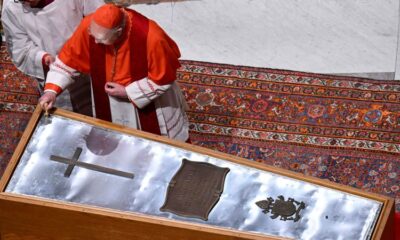
 Europe2 days ago
Europe2 days agoCardinals seal Pope Francis’ coffin, formally ending his lying in state at the Vatican
-
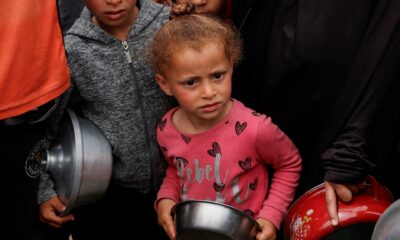
 Middle East2 days ago
Middle East2 days agoUN says its food stocks in Gaza completely ‘depleted’ amid Israeli blockade | Gaza News
-

 Europe2 days ago
Europe2 days agoVatican asks visitors not to take selfies with late pope
-
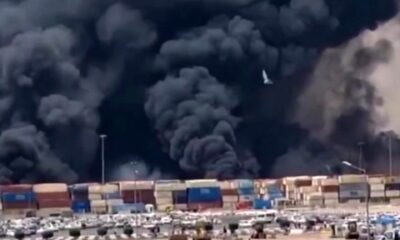
 Middle East1 day ago
Middle East1 day agoFour dead, over 500 injured as ‘massive’ explosion hits Iran’s Bandar Abbas | News




